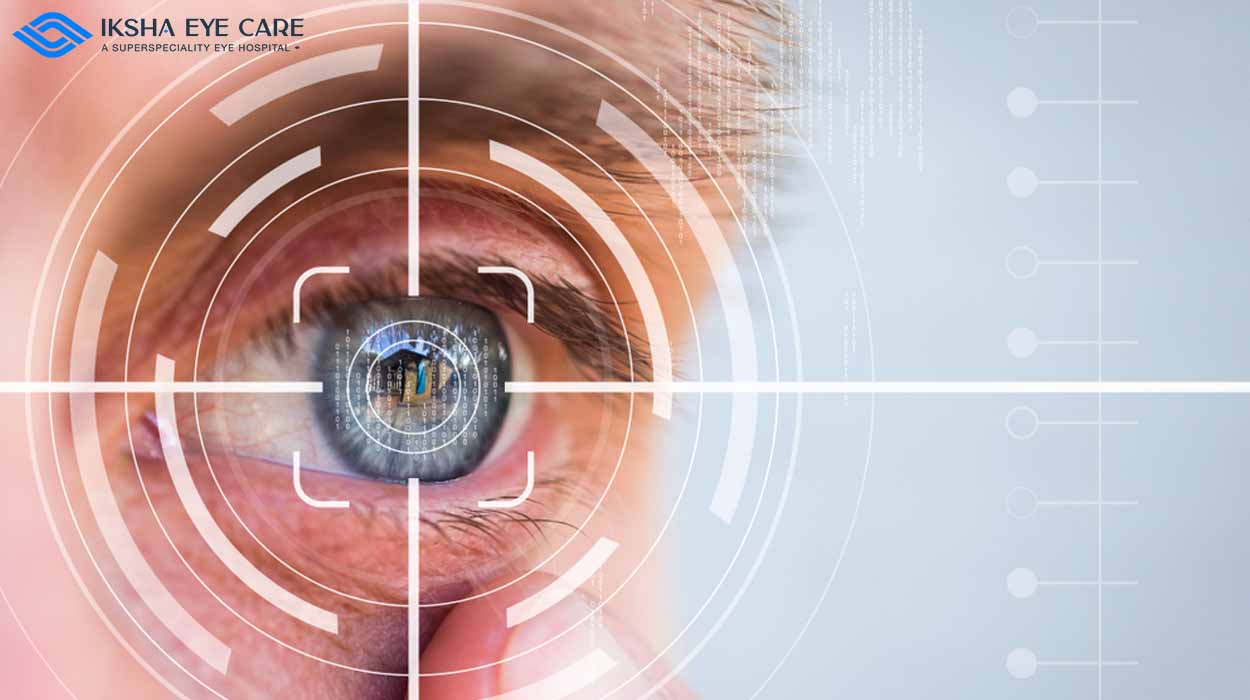
The eye care sector has rapidly evolved throughout the years. The field of ophthalmology has made great strides in identifying and treating a wide range of eye disorders, ranging from conventional treatments to cutting-edge discoveries. These revolutionary developments have not only improved patient outcomes but also transformed the way eye care is delivered.
Historical Perspective: From Ancient Remedies to Modern Techniques
The history of eye care goes back to prehistoric societies when therapies mostly consisted of herbal cures and crude surgical techniques. Significant turning points were reached over time, such as the creation of spectacles in the 13th century, which transformed vision correction. The development of increasingly advanced instruments like the ophthalmoscope, tonometer, and slit lamp during the 19th and 20th centuries allowed eye care professionals to detect and treat a variety of conditions.
The introduction of computers and digital technology in the late 20th century revolutionized eye care diagnosis and treatment. Digital imaging systems, such as Optical Coherence Tomography (OCT), enabled high-resolution imaging of retinal layers, aiding in the early detection and management of conditions like glaucoma and macular degeneration. The integration of electronic health records (EHR) streamlined patient data management, making it easier for healthcare providers to access and analyse patient information.
With the evolution of laser technology, eye care technology has transformed the landscape of eye surgery. Laser-assisted procedures like LASIK (Laser-Assisted in Situ Keratomileusis) have become popular for vision correction, offering patients a safer and more precise alternative to traditional methods. Laser technology has also found application in treating various eye conditions, such as diabetic retinopathy and retinal tears, ensuring less invasive procedures and faster recovery times.
Robotics in Ophthalmology
In recent years, robotic devices have been used in delicate ocular surgical operations, providing unsurpassed accuracy. Robotic-assisted surgery improves surgical results and lowers risks by enabling surgeons to carry out complicated operations with greater dexterity and precision. For instance, the use of robots in cataract and glaucoma procedures has shown encouraging outcomes, inspiring trust in both patients and physicians.
Artificial Intelligence (AI) in Eye Care, enhancing Diagnosis and Management
A paradigm change in eye care has been brought about by the development of artificial intelligence. Clinical professionals can diagnose and treat eye diseases more efficiently with the help of AI algorithms that can analyse large volumes of patient data and medical literature. Even in resource-constrained environments, AI-powered retinal screening devices have shown to be useful in identifying age-related macular degeneration and diabetic retinopathy, increasing access to eye care for underprivileged people.
Virtual Reality (VR) and Augmented Reality (AR): Transforming Training and Education
The use of virtual reality and augmented reality in education and training for eye care has expanded beyond the realm of entertainment. With the use of VR and AR technologies, medical students and ophthalmology residents may now take advantage of immersive simulations and practical instruction. These innovations provide a secure and regulated setting for practising delicate surgical procedures, thereby raising the degree of knowledge among those who work in the field of eye care.
Benefits for Patients
The evolution of eye care technology has brought forth numerous benefits for patients, revolutionizing their treatment experience and overall outcomes:
Early Detection and Prevention: Advanced imaging technologies enable early detection of eye diseases, allowing for timely intervention and prevention of vision loss.
Precision and Safety: Laser technology and robotic-assisted surgery provide unparalleled precision, resulting in safer procedures and reduced risk of complications.
Customized Treatment: Personalized treatment plans, made possible by AI analysis of patient data, ensure tailored interventions for better patient outcomes.
Enhanced Patient Experience: Virtual Reality and Augmented Reality technologies improve patient education, enabling them to make informed decisions about their treatment options.
Improved Accessibility: Telemedicine and AI-powered screening systems enhance access to eye care, particularly for patients residing in remote areas.
The advancement of technology in the field of eye care has been nothing short of amazing, taking patient care to entirely new levels. The field of ophthalmology has changed dramatically because of advances in eye care, from traditional treatments to cutting-edge discoveries. Today’s patients benefit from early detection, individualised treatment regimens, and improved surgical accuracy since eye care technology is constantly striving for perfection. As technology continues to advance, the future of eye care holds even more promising opportunities for improved patient outcomes and a brighter vision for us all.




